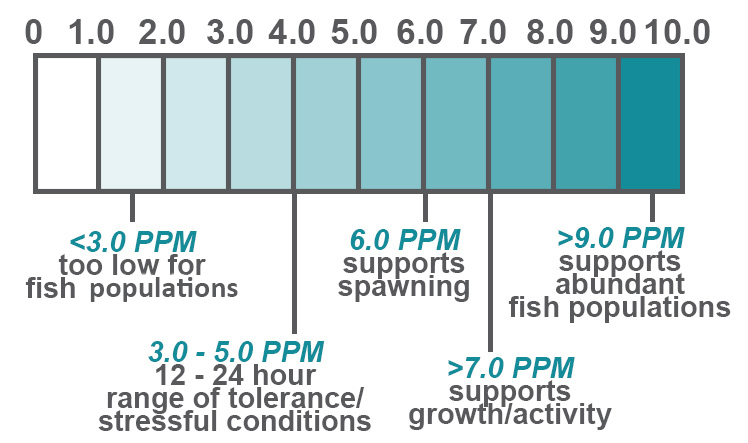Watch this JMS Presentation on achieving Dissolved Oxygen (DO) Compliance for Wastewater Treatment Plant Outfall. Sam Myers, Application Engineer from JMS, talks about why wastewater treatment plants are required to meet state mandated DO effluent requirements, and some of the best solutions for helping plants meet these requirements.
Dissolved Oxygen Requirements at Wastewater Treatment Plants and Environmental Impact
Today wastewater treatment plants are facing more stringent state and federal requirements including those issued by the National Pollution Discharge Elimination System (NPDES). Since inception, the implementation of NPDES regulations has been delegated to the individual state level. Permits for the control of discharges are issued based on the technology available to control pollutants and limits that protect the water quality of the particular state’s receiving water. This includes regulations by the National Pollution Discharge Elimination System (NPDES) for the DO content of wastewater treatment plant outfall which enters public water streams. To help meet these requirements more wastewater plants are using aeration equipment at the plant outfall.
Dissolved oxygen is required for all aquatic plant and animal life. Oxygen is represented naturally in the environment and is a necessary element of the life-cycle. In the aquatic environment, oxygen is present as dissolved molecular oxygen. Aquatic animals depend on DO in the water and the atmosphere for survival. DO contained in a body of water is influenced both up and down by:
- Water temperature
- Degree of turbulence
- Degree of penetration (turbidity, water depth)
- Atmospheric pressure
- Dissolved or suspended solids (includes salt content)
- Decay of organisms and organic matter
- Respiration by living organisms
- Rate of photosynthesis

Aeration Equipment Options for Meeting Dissolved Oxygen Requirements
There are multiple options available for helping plants meet DO requirements. Each of these types of aeration equipment has their own pros and cons for increasing DO in wastewater plant outfall. Plants should consider each of these when upgrading or building a new plant to help meet DO requirements.
- Mechanical Aerator
- Vertical Tray Style Cascade Aerator
- Cascade Aerator
- Low Profile Cascade Aerator
Watch the rest of this JMS webinar to learn more about:
- DO requirements for wastewater treatment plants
- Why these requirements are needed
- JMS Eco-AIR (Low Profile Cascade Aerator)
- And more
Sam Myers joined the Jim Myers & Son’s (JMS) team in March of 2017 and is a third-generation family member of JMS. Sam currently holds the role of Regional Sales Manager and Product Manager (JMS Eco-AIR, Low Profile Cascade Aerator). Sam is a graduate of the Darla Moore School of Business at the University of South Carolina where he received a BS in Business Administration (Finance and Business Management) and is currently pursuing his Master’s in Business Administration from the McColl School of Business at Queens University of Charlotte.
